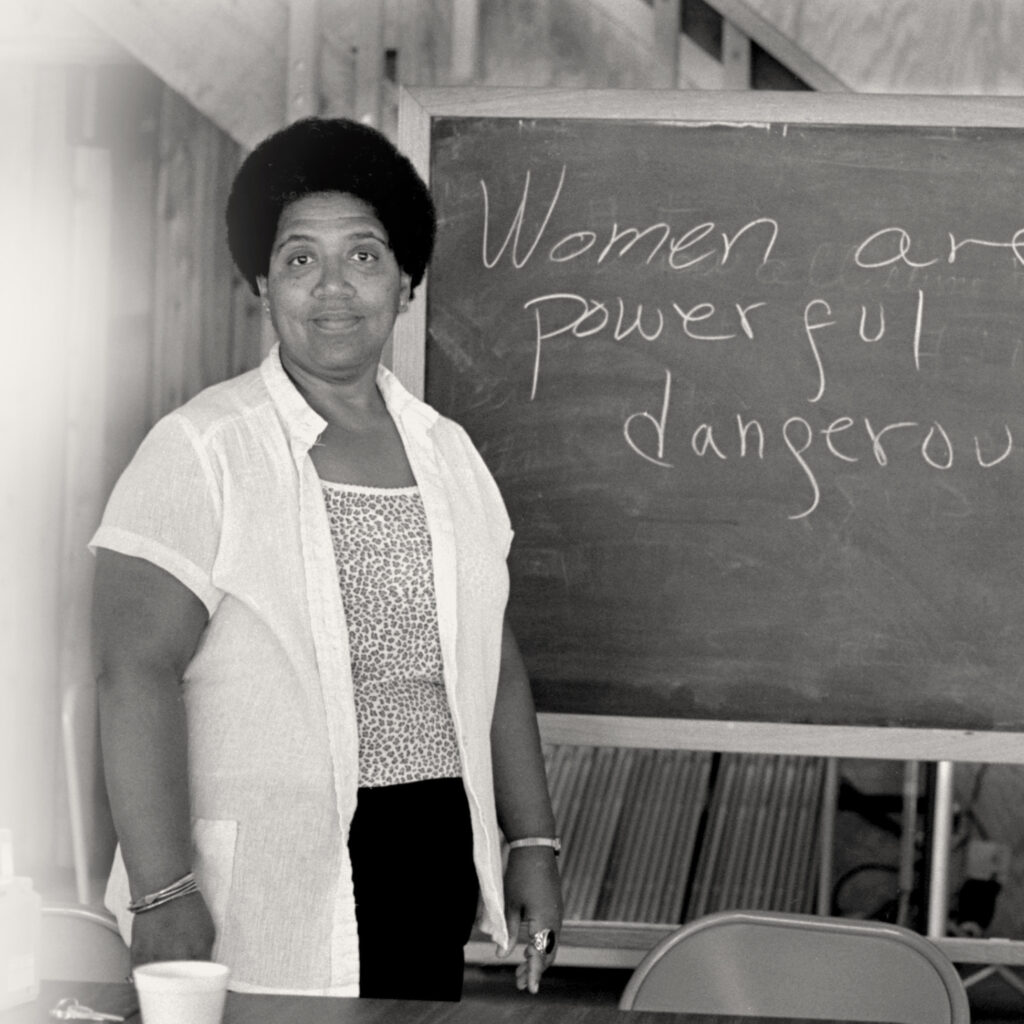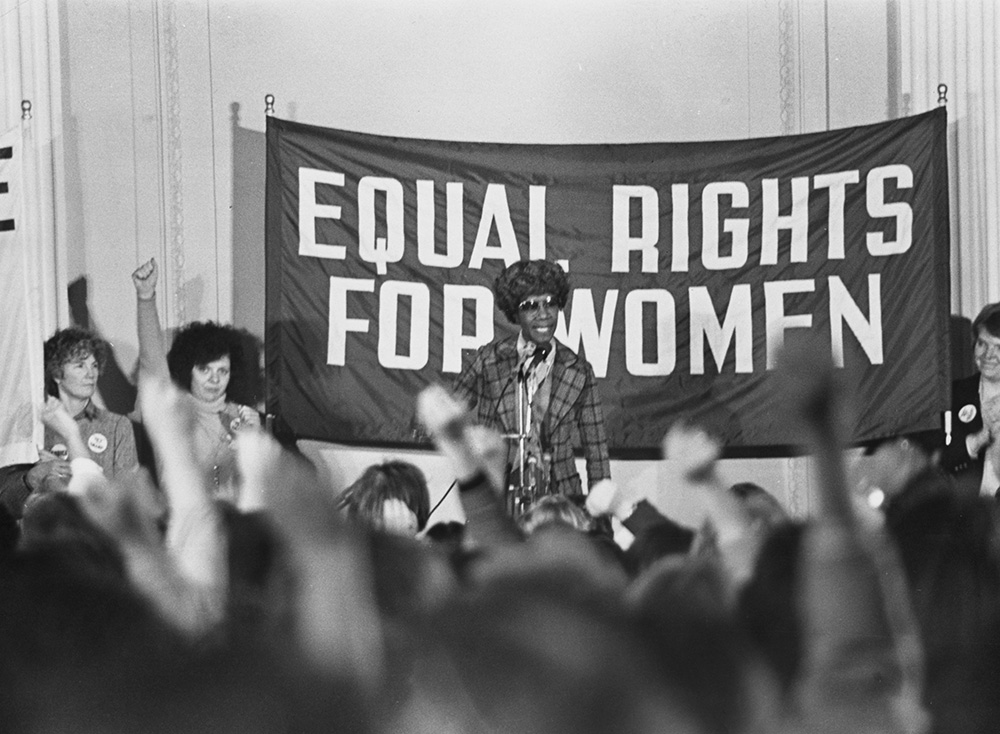 Bass and Beyond
Bass and Beyond
Transforming the Discourse
Black journalists during the late 1960s and 1970s championed new ideas about Black feminism, redefining the movement for a generation. They highlighted the unique struggles of Black women and called for intersectional approaches to racial and gender justice.
Black Feminism on the West Coast in the 1960s and 1970s
The Black Feminism Movement on the West Coast in the 1960s and 1970s was a radical and transformative force that brought issues of race, gender, and class to the forefront of the civil rights and Black Power movements. While much of the focus on Black feminism has centered on the East Coast, the West Coast offered a unique lens for the movement as it addressed systemic oppression in heavily urbanized areas like Los Angeles, Oakland, and San Francisco. Women in these cities sought to define their roles in the fight for justice, often working within—and critiquing—the male-dominated frameworks of the Black Panther Party and broader liberation movements.

Key Leaders of Black Feminist Thought
One of the most prominent figures was Elaine Brown, the first and only woman to lead the Black Panther Party. Based in Oakland, Brown used her leadership to advocate for women’s equality within the organization. She emphasized the importance of women’s roles in the struggle for Black liberation, challenging the sexism that often marginalized female contributions within revolutionary movements. Brown also spearheaded community initiatives, such as the Black Panther Party’s free breakfast program and healthcare clinics, which served as critical resources for Black women and children.
Another influential voice was Angela Davis, an intellectual, activist, and member of the Communist Party USA with strong ties to the Black Panther Party. Born in Alabama but deeply connected to California through her academic work and activism, Davis became an icon of the West Coast Black Feminist Movement. Her advocacy for prison abolition, her critiques of capitalism, and her calls for the intersectionality of race, gender, and class helped shape the intellectual framework of Black feminism. Davis’s arrest and trial in 1970 for allegedly aiding a courthouse escape became a rallying point for activists nationwide, with the Black press amplifying calls for her release.
Wins for Black Feminism
The West Coast movement achieved several key victories, particularly in bringing attention to issues like police brutality, economic inequality, and reproductive rights. Black feminists successfully organized against the coerced sterilization of Black women in California hospitals, a practice that targeted poor women of color. They also played a central role in the broader feminist movement’s fight for abortion rights, ensuring that the specific needs of Black women were part of the conversation.
Black feminists in Oakland and Los Angeles were instrumental in creating grassroots networks that addressed the material needs of Black communities, from affordable housing to legal aid. These programs highlighted the movement’s emphasis on survival as resistance, a philosophy deeply tied to the realities of systemic oppression.

The Role of the Black Press
The Black press was crucial in amplifying the work of Black feminists. Publications like The California Eagle and The Black Panther newspaper provided platforms for women to share their perspectives, advocate for community programs, and critique sexism within the movement. Articles celebrated the contributions of women leaders, offered space for intellectual discourse on Black feminism, and rallied public support for campaigns like Angela Davis’s release.
By centering the voices and work of Black women, the Black press ensured that the West Coast Black Feminism Movement left an enduring legacy. Their activism laid the groundwork for contemporary movements addressing the intersectionality of race, gender, and class in the ongoing fight for justice.
